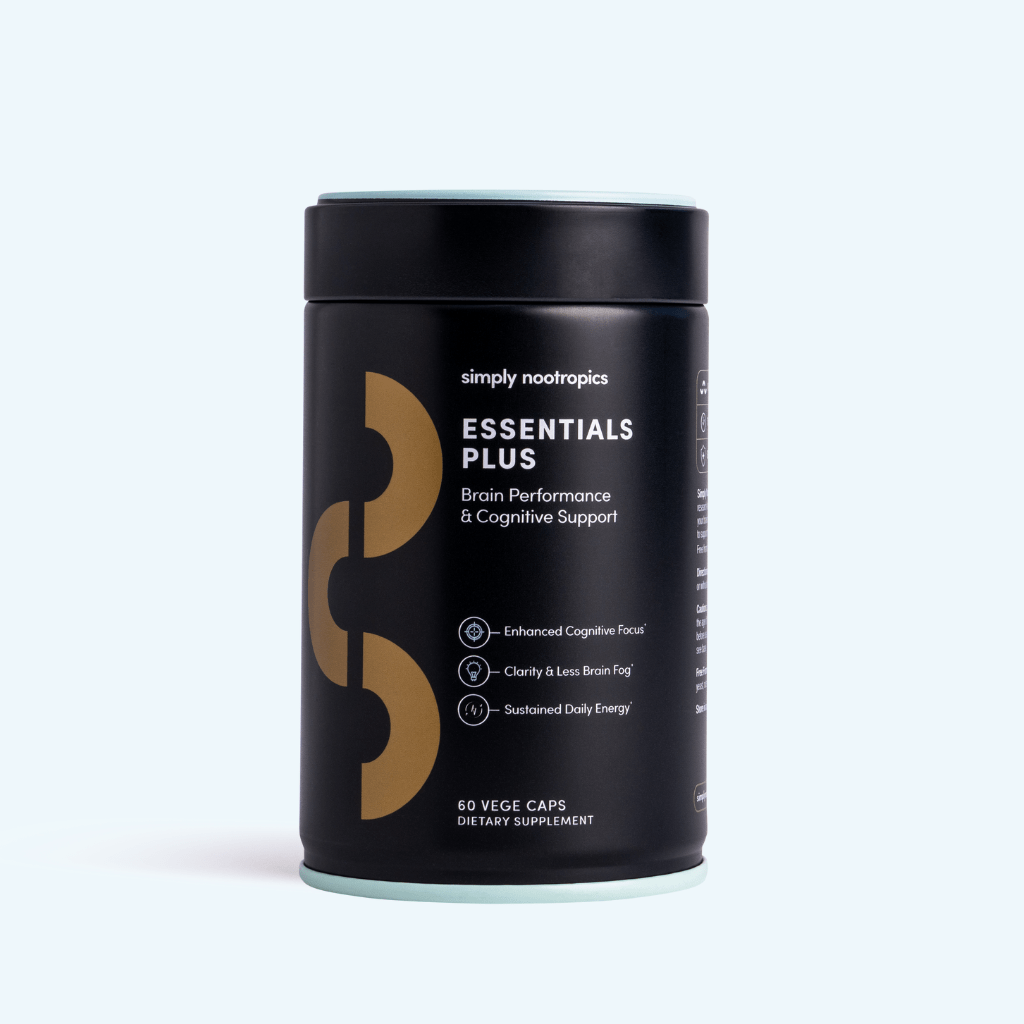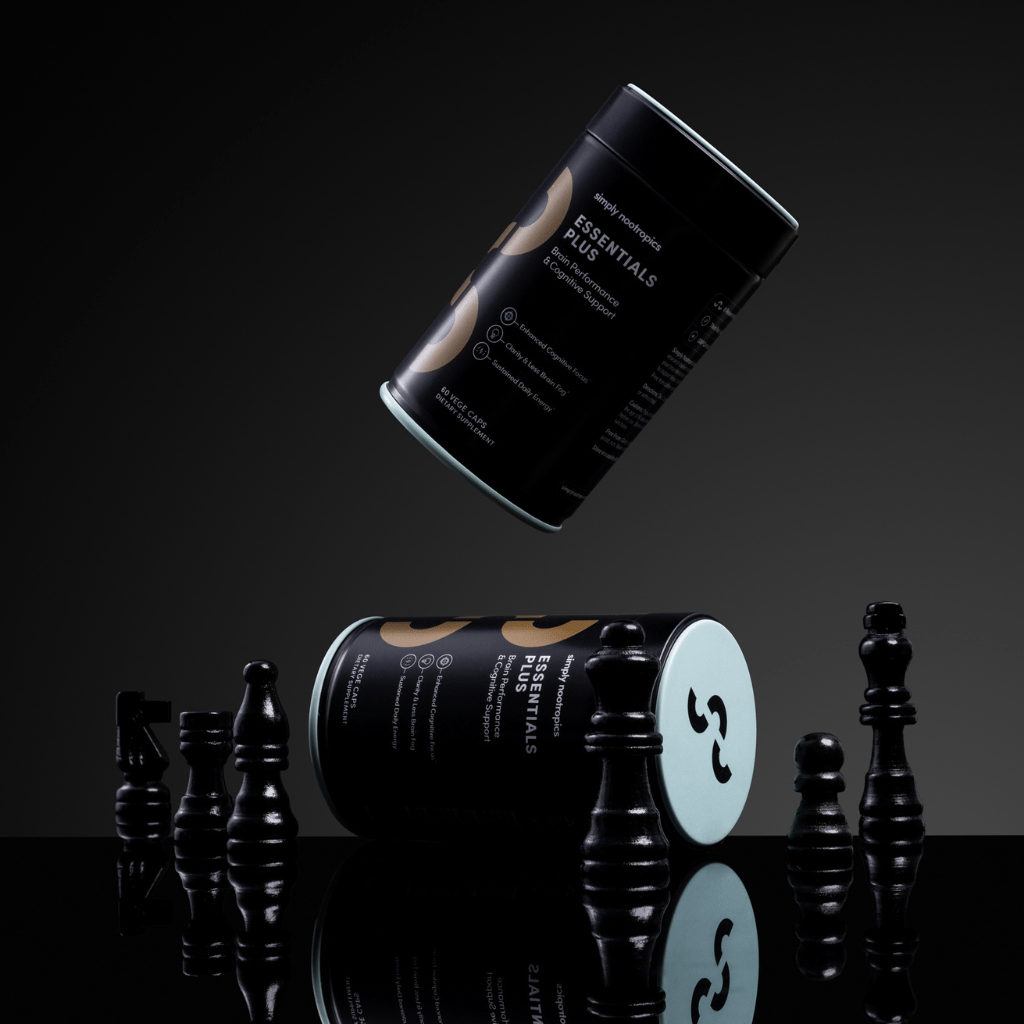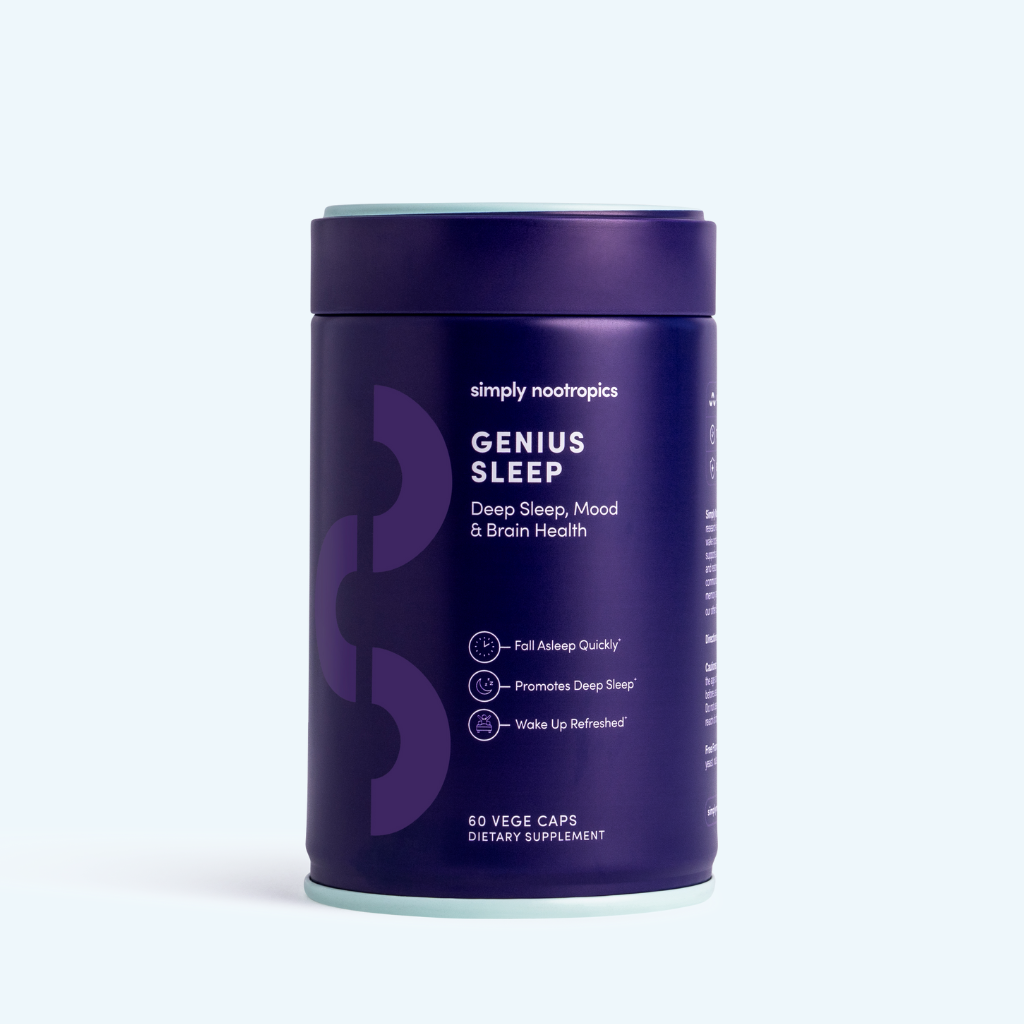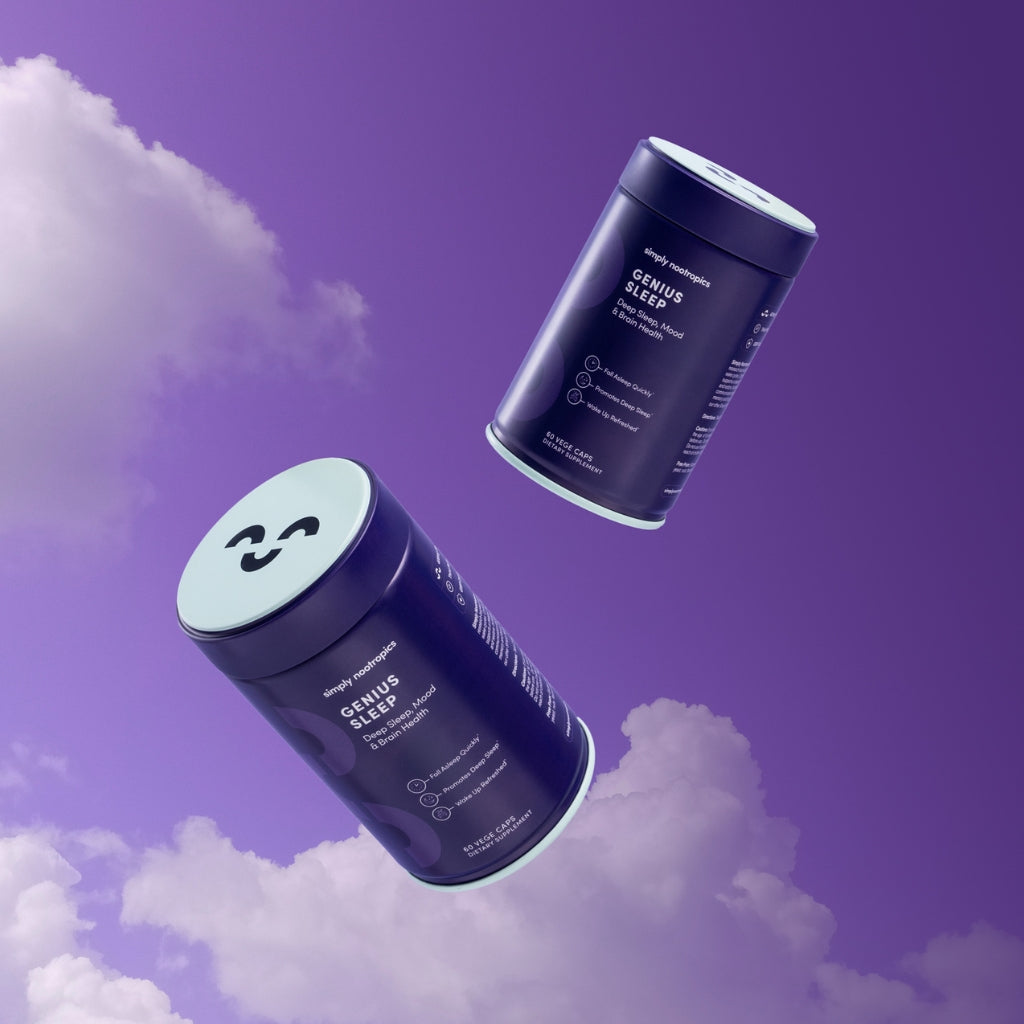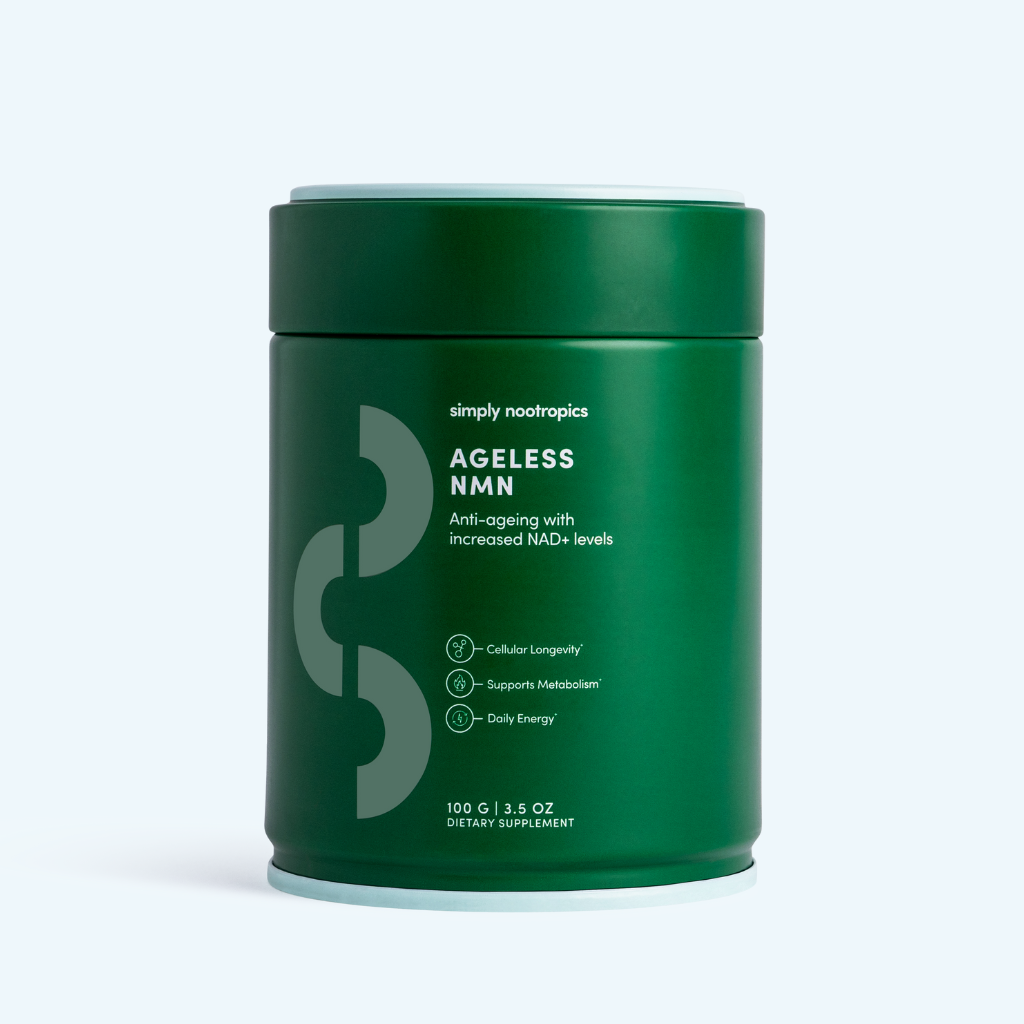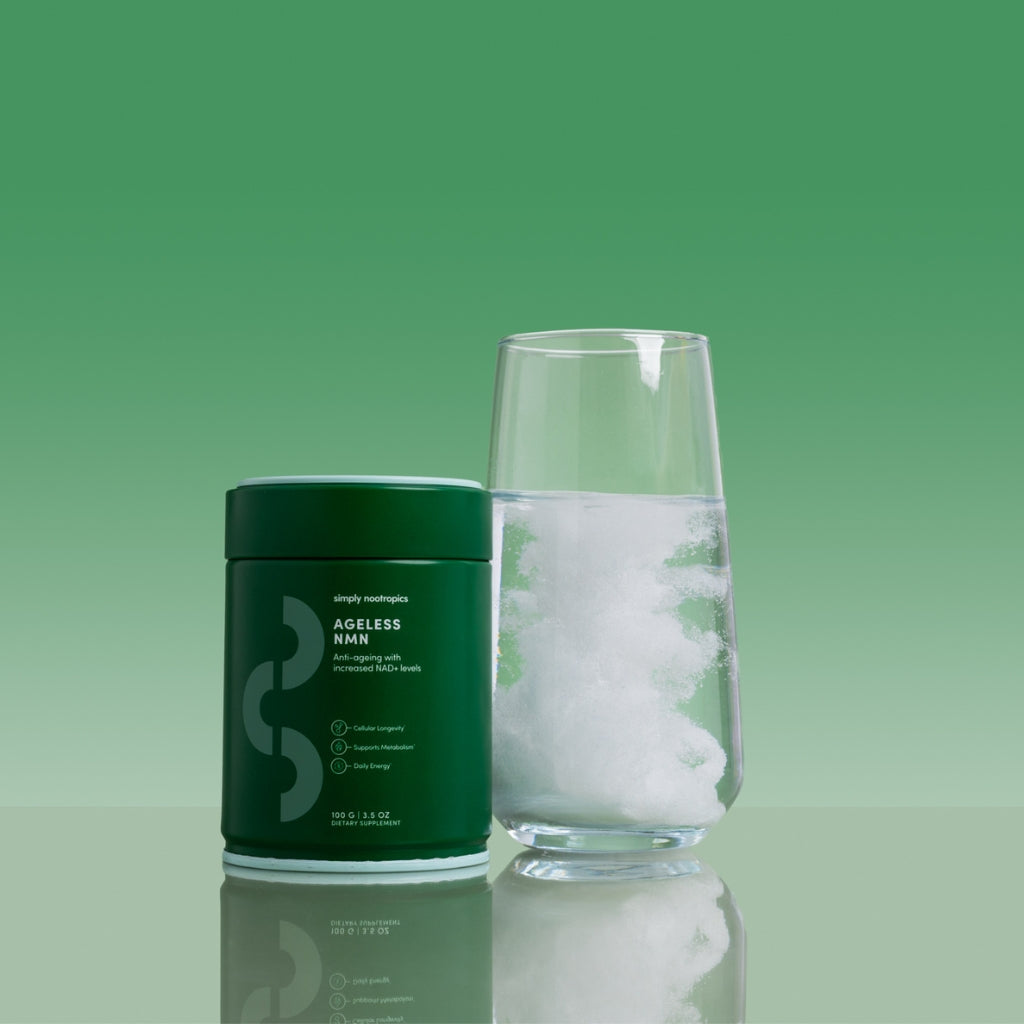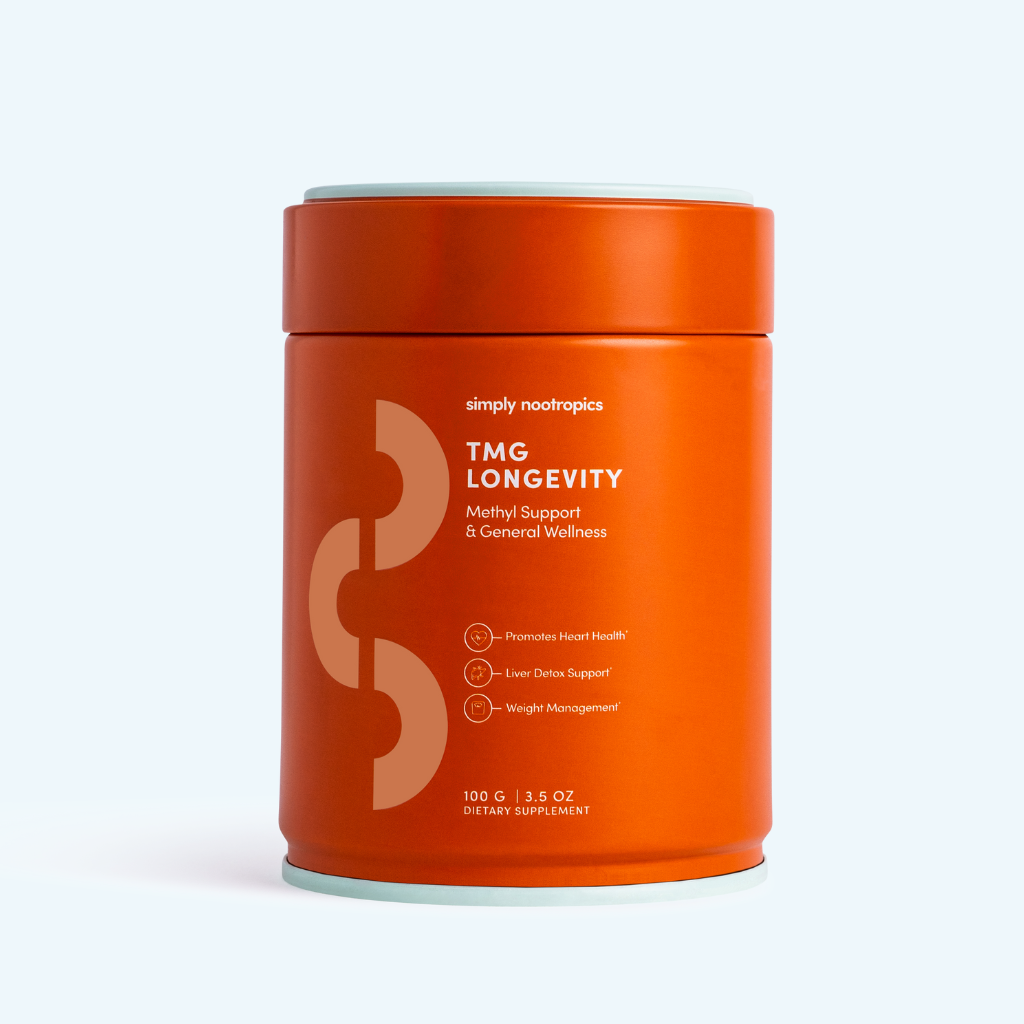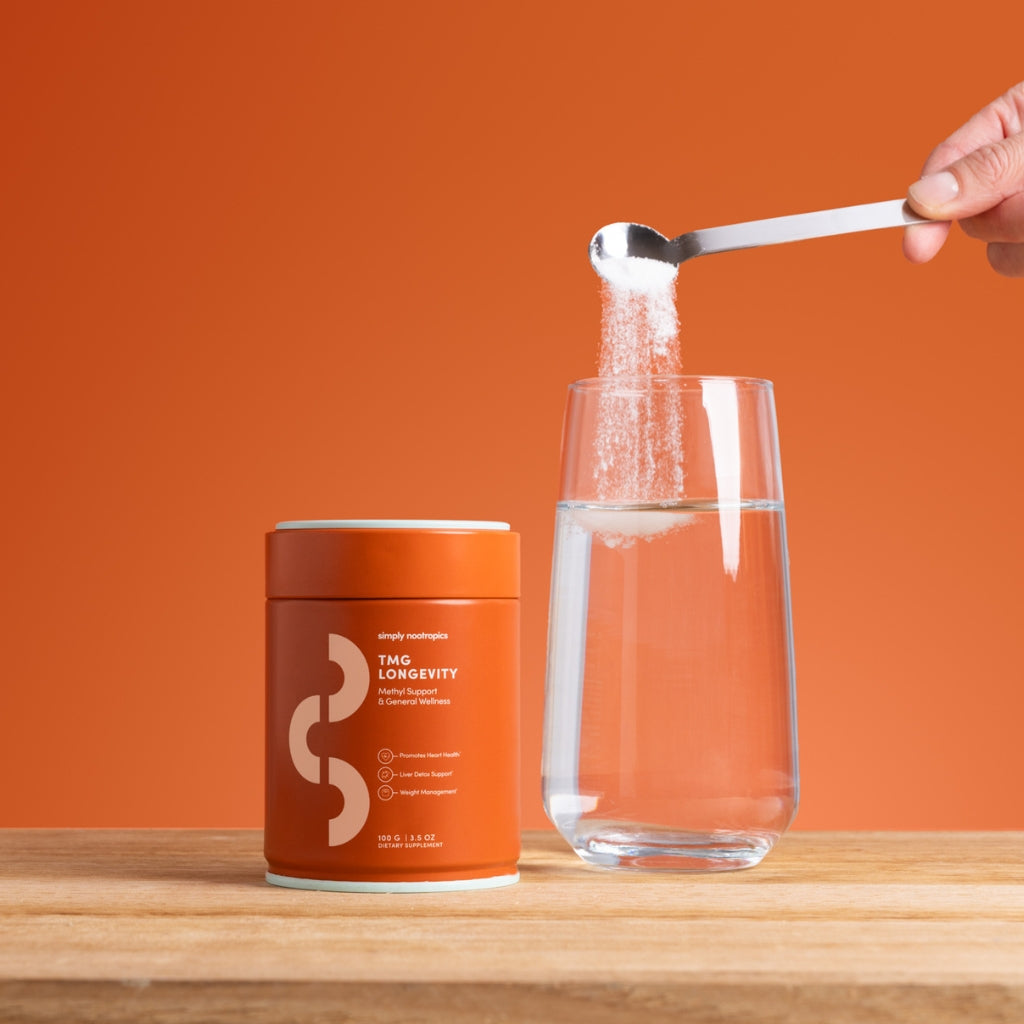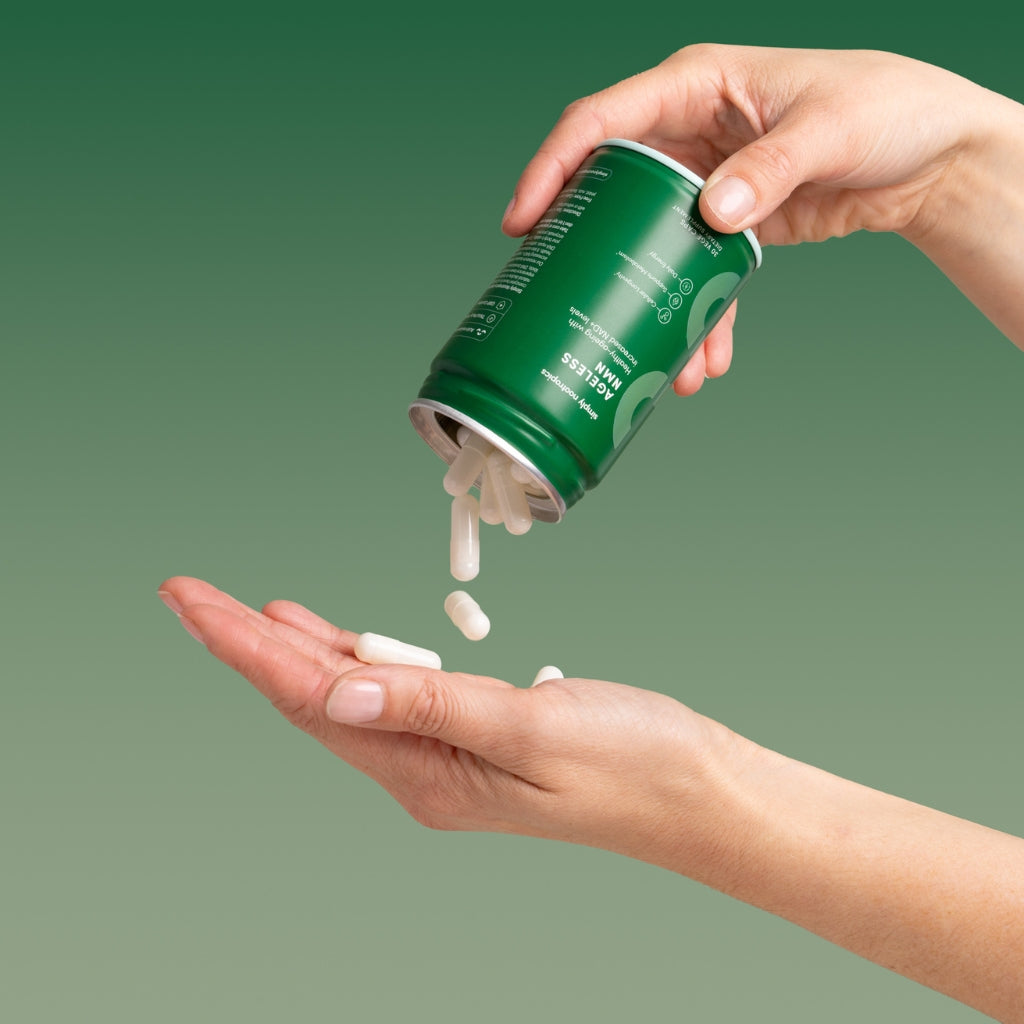You might not think about your circulation much, at least until your hands are freezing, your legs fall asleep, or your brain checks out halfway through the afternoon.
But healthy circulation isn’t just about warmth or alertness. It’s a fundamental system that keeps oxygen, nutrients, hormones, and immune cells moving through your body. When circulation slows, everything from energy levels to collagen synthesis can take a hit.
The best part? You don’t need to biohack your way to better blood flow. These six low-effort, research-informed strategies for blood flow support can help support healthy circulation naturally, and may even have side benefits for skin, focus, and longevity along the way.
1. Move Regularly, but Keep It Gentle
We all know movement supports circulation, but that doesn’t mean you need to turn your life into a treadmill.
Blood flow depends heavily on something called the muscle pump mechanism. When you contract and relax your muscles (even subtly), it pushes blood back toward your heart and encourages better circulation throughout your limbs and brain. This process works even with low-impact activities.
Studies show that simple practices like walking, gentle yoga, or even standing intermittently throughout the day are good for blood flow support to the brain and peripheral tissues. In contrast, prolonged sitting is associated with reduced vascular function, especially in the legs.
What you can try:
-
Take short movement breaks every 45–60 minutes
-
Aim for 5–10 minutes of walking after meals
-
Try ankle rolls, light squats, or desk stretches if you’re sedentary for long hours
Even low-effort movement can keep blood from pooling, prevent sluggish legs, and support the steady delivery of nutrients to your skin, brain, and muscles.
2. Prioritise Hydration (With a Pinch of Salt)
Blood is over 90% water. When you’re dehydrated, your blood volume decreases, making it thicker and harder to pump efficiently. That’s a fast track to sluggish circulation, fatigue, and poor oxygen delivery.
But water alone isn’t always enough for blood flow support. Electrolytes like sodium, potassium, and magnesium help regulate fluid balance, nerve signals, and vascular tone. Without them, even well-hydrated people can feel lightheaded or poorly perfused.
If you drink lots of coffee, sweat often, or live in a hot climate, you may need to replenish both water and electrolytes to keep your circulation optimal.
What you can try:
-
Start your morning with a glass of water + a pinch of sea salt or mineral salt
-
Sip fluids steadily throughout the day, don’t chug and forget
-
Include potassium-rich foods like bananas, avocado, and leafy greens
Hydration keeps your blood fluid, your blood pressure stable, and your tissues nourished, all essential for circulation.
3. Avoid Long Sessions of Leg-Crossing (Seriously)
This one feels minor, but it adds up. Crossing your legs, especially for hours at a desk or table, can restrict blood flow through your femoral and popliteal arteries (those behind the knee and upper thigh). It can also impede venous return, increasing pressure in your veins and contributing to swelling, varicose veins, or cold extremities.
While occasional crossing isn’t dangerous, habitual positioning can have cumulative effects on circulation, particularly in people who are already sedentary or prone to vascular issues.
What you can try:
-
Sit with both feet flat on the floor when you can
-
Use a footrest or small stool under your desk for better posture and comfort
-
Shift positions every 30–45 minutes to keep blood moving
Small postural adjustments for blood flow support can reduce local restriction, help prevent fatigue and heaviness in the legs, and contribute to healthier blood flow patterns over time.
4. Train Your Breath (Not Just Your Body)
Circulation isn’t only mechanical, it’s also neurological. And one of the simplest ways to support both systems is through your breath.
Shallow breathing, especially chest breathing during stress, keeps your nervous system in fight-or-flight mode. That restricts peripheral circulation, making hands and feet cold and rerouting blood to major muscle groups.
Deep, slow, diaphragmatic breathing does the opposite. It stimulates the vagus nerve, enhances parasympathetic activity, and helps widen blood vessels (vasodilation) to improve circulation to your limbs, digestive organs, and skin.
What you can try:
-
Breathe in slowly through your nose for 4 counts, hold for 2, exhale for 6
-
Practice box breathing: 4–4–4–4 (inhale, hold, exhale, hold)
-
Use 5 minutes of breathwork in the morning or before sleep to reinforce calm
Consistent breath training for blood flow support not only supports circulation, it can also lower blood pressure, reduce inflammation, and improve your overall cardiovascular tone.
5. Eat for Nitric Oxide
Nitric oxide (NO) is a key compound your body makes to help blood vessels relax and expand. This vasodilation improves blood flow and oxygen delivery throughout the body.
The problem is, nitric oxide production declines with age, and with poor diet, sedentary lifestyle, and oxidative stress. The good news? You can boost it naturally through diet.
Foods rich in nitrates (not the processed kind) can help increase nitric oxide availability. So can antioxidants, which protect NO from being broken down.
What you can try:
-
Add nitrate-rich foods like beetroot, spinach, arugula, and celery to your meals
-
Eat flavonoid-rich foods like dark chocolate, berries, and citrus
-
Consider light exercise after nitrate-rich meals to enhance NO conversion
Better nitric oxide = better blood flow = better delivery of nutrients and oxygen to your tissues, without the need for extreme interventions.
6. Support the Skin from the Inside Through Circulation
Most people associate collagen with skincare, but the truth is: collagen can’t do its job if blood flow is impaired.
Your dermal layers, the place where collagen lives and is synthesised, are supplied by a network of capillaries. These tiny vessels deliver vitamin C, amino acids (like glycine and proline), and other building blocks your body needs to maintain collagen structure and repair.
When circulation is poor, delivery suffers. That can mean less efficient collagen production, slower wound healing, and visible signs of ageing like dullness, sagging, or loss of elasticity.
What you can try:
-
Combine antioxidant-rich foods (berries, citrus) with collagen precursors like tofu, legumes, or marine protein for blood flow support
-
Use circulation-boosting practices like movement, massage, or breathwork to support nutrient delivery
-
Support vascular health with ingredients like vitamin C, polyphenols, or pine bark extract (found in some nootropic stacks)
Collagen can’t do much without delivery. Good circulation brings the amino acids, antioxidants, and co-factors your skin needs to stay strong, elastic, and resilient.
Vital Beauty is built with that in mind. It combines hydrolysed collagen peptides with vitamin C, vitamin E, and antioxidant support to help your skin use what your body delivers. Vital Beauty is a simple way to reinforce your skin from the inside, especially if you’re already focused on healthy ageing.




